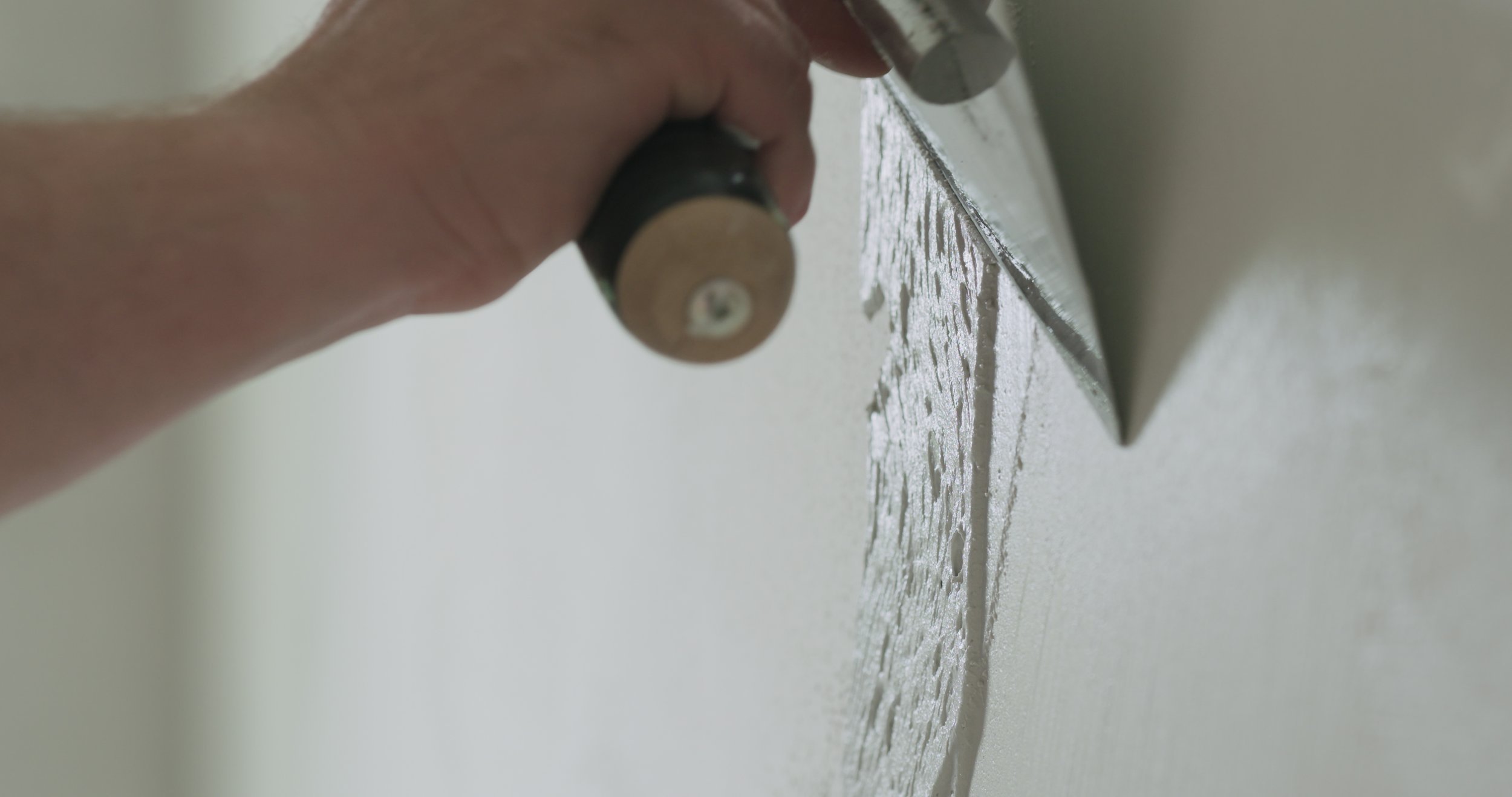
Concrete Resurfacing
X-Bond Microcement: Our Alternative Overlay For Resurfacing Concrete Surfaces
If you have discoloured, damaged or cracked concrete, it might be time to think about a replacement.
Your first option is to rip out the old concrete and have it completely re-laid from start to finish, but the costs of demolition can add up — not to mention it’s a time consuming process. A second option is concrete resurfacing with microcement.
You might be wondering why we don’t recommend simply pouring new concrete on top of the old. As surfacing professionals, we know this will set you up for disaster. Concrete doesn’t contain any bonding agents, so it won't stick to the surface beneath it. You’ll soon be back where you started: with concrete in bad condition.
Microcement, on the other hand, is a very thin cement-based coating mixed with polymer bonding agents that will adhere to almost any existing hard substrate on floors, walls, ceilings, and more. This ensures a flawless resurfacing job that maintains exceptional quality in the future. You can read more about it in our general microcement guide.
This article outlines all the benefits of concrete resurfacing with microcement. Ultimately, microcement will achieve a similar look to concrete with the following advantages:
Easier installation
Greater durability compared to other overlays
Wider range of applications
More versatile design options
Easy Installation
Traditional surfacing bears lengthy, messy, and expensive installation processes. Microcement is hand-applied with a trowel, straight over the top of the old concrete. Some additional prep work to the existing concrete is required (more on this later) but overall it’s a much more streamlined process than demolition. X-Bond makes renovations easy by giving you the freedom to remodel your space without removal.
One of the best things about microcement is that this quick, hassle-free application process won’t compromise a beautiful finish that stands the test of time.
Fun fact: microcement is applied as one seamless covering without any breaks (as long as one isn’t required for structural reasons). If there is an existing expansion or control joint in your concrete slab, our trained installers will replicate this break with a thin saw-cut. The saw-cut allows for movement through the X-Bond, minimising the risk of hair line cracks.
Unmatched Durability
Our X-Bond Microcement is more durable than other overlay systems because it contains added latex polymer. This gives the surface more flexibility, reducing the risk of cracks and delamination. In 25 years of supplying X-Bond in Australia, we’ve never had a delamination issue.
When it comes to strength, X-Bond’s installation process involves a crucial step of preparation to stabilise the damaged concrete for added security before resurfacing. Our Liquid Membrane, a wateproofing and anti-fracture membrane in one, will bridge any cracks to prepare a strong base for the microcement overlay.
Diverse Applications
Unlike other overlay systems such as Epoxy, X-Bond is a versatile product that can be used both internally and externally, whereas most other concrete resurfacing products can only be used for one or the other. This means you can have the same finish and colour applied from your internal area through to your outdoor living space, changing only the sealers.
Additionally, our expert installers trowel X-Bond Microcement over your existing concrete at approximately 3mm thick. The minimal depth means there’s a wider range of applications beyond just flooring or walls. Some of the more intricate resurfacing jobs from our installers include concrete staircases, joinery, and pool copings.
When installed with our waterproofing membrane mentioned above, microcement is also suitable for concrete resurfacing in wet areas: swimming pools, showers, sink basins and gardens without any rain cover.
X-Bond can also be installed over underfloor heating, which is the most common heating system used for concrete flooring.
Versatile Design Possibilities
X-Bond was originally developed as a concrete alternative, so the final product provides you with a very similar look. Better yet, you don’t have to worry about any extra height on top of your old surface due to its minimal thickness discussed above, so it’s the most seamless option for replacing concrete.
To give you plenty of design options, there are various finishes in the X-Bond range that are suitable for concrete resurfacing. X-Bond Natural Concrete is a more rustic, textural finish for internal and external feature walls. If you’d like the more traditional concrete aesthetic with a polished feel, X-Bond Micro is the clear winner. It’s our smoothest finish, featuring subtle tonal variations from the trowel marks.
X-Bond is also available in 10 different colours, with the ability to create custom shades.
If you’re interested in concrete resurfacing in Australia, contact our team to get started.
Our X-Bond Microcement product has been used to resurface concrete in hundreds of projects worldwide, from homes to commercial buildings and retail stores.
To get inspiration from Australian installers, view some past X-Bond Microcement projects or stay up to date with new ones via our Instagram.







